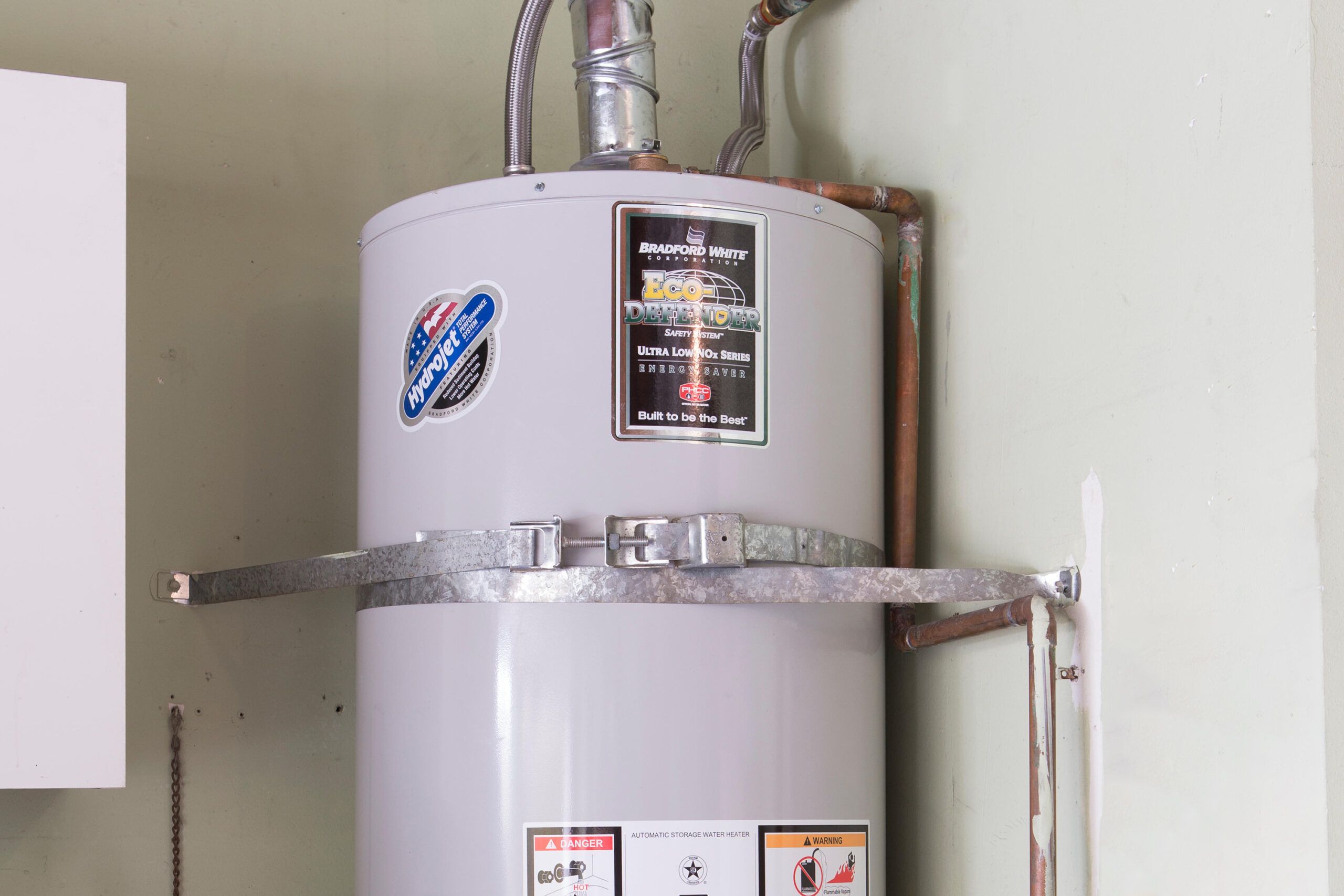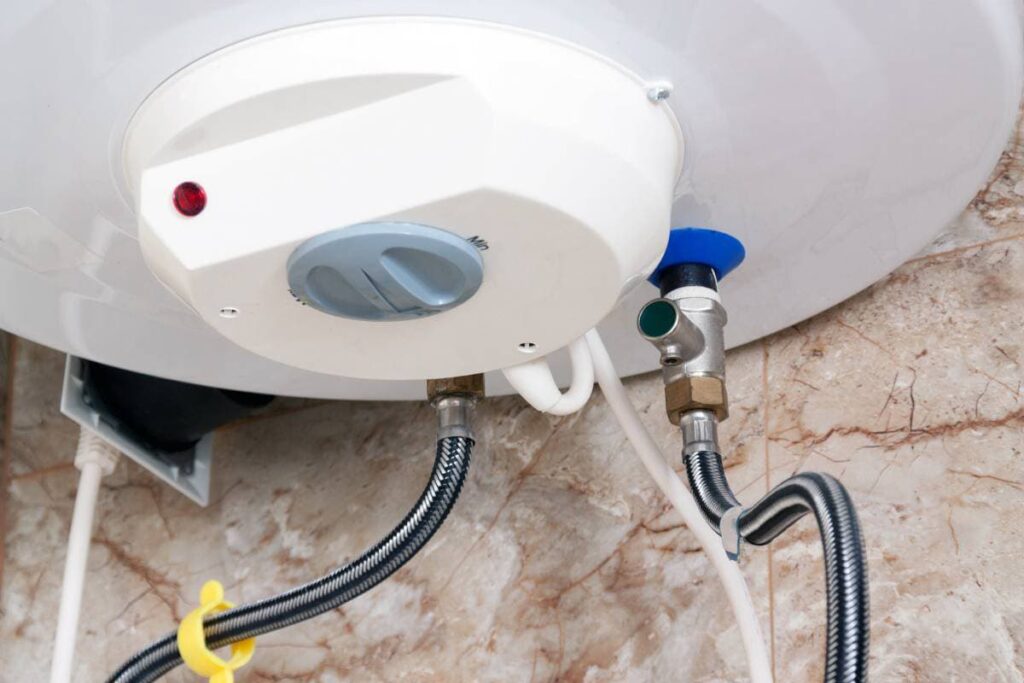On this page on the next paragraphs you can find lots of reliable guidance relating to What Kind of Maintenance Do Water Heaters Need?.

Warm water is necessary for everyday comfort, whether it's for a revitalizing shower or washing dishes. To guarantee your warm water system runs effectively and lasts longer, regular upkeep is essential. This article provides sensible pointers and understandings on exactly how to maintain your home's warm water system to stay clear of interruptions and costly repairs.
Intro
Preserving your home's warm water system may seem daunting, yet with a couple of straightforward actions, you can ensure it operates efficiently for years to find. This guide covers whatever from understanding your warm water system to DIY upkeep tips and understanding when to employ professional assistance.
Importance of Preserving Your Warm Water System
Routine maintenance not just extends the life-span of your hot water system however additionally ensures it runs efficiently. Ignoring maintenance can result in lowered performance, higher energy costs, and also early failure of the system.
Signs Your Warm Water System Demands Maintenance
Knowing when your warm water system needs focus can avoid significant problems. Keep an eye out for indicators such as inconsistent water temperature level, unusual sounds from the heater, or corroded water.
Flushing the Hot Water Heater
Purging your water heater gets rid of sediment accumulation, improving effectiveness and lengthening its life.
Checking and Replacing Anode Rods
Anode poles prevent rust inside the tank. Checking and changing them when worn out is important.
Facility Issues Calling For Expert Help
Examples consist of significant leaks, electric problems, or if your water heater is regularly underperforming.
Regular Professional Maintenance Perks
Specialist maintenance can consist of detailed inspections, tune-ups, and guaranteeing conformity with safety and security criteria.
Inspecting and Changing Temperature Level Setups
Adjusting the temperature setups makes certain optimal performance and security.
Do It Yourself Tips for Maintenance
You can execute several upkeep jobs on your own to maintain your warm water system in leading problem.
Looking for Leaks
On a regular basis examine pipes and connections for leaks, as these can cause water damages and greater expenses.
Comprehending Your Hot Water System
Prior to diving into maintenance tasks, it's valuable to comprehend the basic elements of your hot water system. Normally, this consists of the hot water heater itself, pipelines, anode poles, and temperature level controls.
Regular Monthly Upkeep Tasks
Normal month-to-month checks can aid capture small concerns prior to they rise.
Testing Stress Alleviation Valves
Evaluating the pressure relief valve ensures it operates properly and avoids excessive pressure accumulation.
Insulating Pipelines
Shielding hot water pipes reduces warmth loss and can conserve energy.
When to Call a Professional
While do it yourself upkeep is valuable, some concerns need professional expertise.
Verdict
Regular upkeep of your home's hot water system is essential for performance, durability, and cost financial savings. By complying with these ideas and understanding when to seek professional aid, you can make certain a dependable supply of hot water without unanticipated disturbances.
How to Maintain an Instant Hot Water Heater
Before tinkering with your hot water heater, make sure that it’s not powered on. You also have to turn off the main circuit breaker and shut off the main gas line to prevent accidents. Also turn off the water valves connected to your unit to prevent water from flowing into and out of the appliance. 2. When you’re done, you have to detach the purge valves’ caps. These look like the letter “T” and are situated on either side of the water valves. Doing so will release any pressure that has accumulated inside the valves while at the same time avoid hot water from shooting out and burning your skin. 3. When the purge valves’ caps are removed, you have to connect your hosing lines to the valves. Your unit should have come with three hoses but if it didn’t, you can purchase these things from any hardware or home repair shops. You can also get them from retail stores that sell water heating systems. Read the user’s manual and follow it to complete this task properly. When the hosing lines are connected, open the purge port’s valves. 4. You should never use harsh chemical cleaners or solutions when cleaning your unit. Make use of white vinegar instead. It should be undiluted and you’ll probably use about 2 gallons. 5. Now flush your water heater. This task should probably take about 40 minutes. We can’t give you specific directions for this because the procedure is carried out depending on the type, model and brand of your heater. With that being said, refer to the user’s manual. 6. When you’re done draining the unit, you have to turn off the purge port valves again. Remove the hosing lines that you earlier installed on each of the water valves. Put the valve caps (purge port) back in their respective places and be very careful so as not to damage the rubber discs that are found inside these caps. 7. Now that everything’s back in place, check your user’s manual again to find out how to reactivate your water heating system. 8. Once it is working, turn one of your hot water faucets on just to let air pass through the heater’s water supply pipes. Leave the tap on until water flows smoothly out of it. https://www.orrplumbing.com/blog/2014/september/how-to-maintain-an-instant-hot-water-heater/

I recently found that piece on Tips on Maintaining a Water Heater while doing a lookup on the search engines. Do you know somebody who is inquisitive about the subject? Take a moment to promote it. Thank you for being here. Kindly check our blog back soon.
Click Here To Read More